Testosterone Enanthate (Test E) 300mg/ml
$55.00
High-purity Testosterone Enanthate for laboratory research. A slow-release testosterone ester used in studies of hypogonadism, muscle growth, and androgenic pathways.
Testosterone Enanthate is a synthetic ester of testosterone and one of the most widely used AAS in both clinical medicine and research globally. Similar to Testosterone Cypionate, it is an oil-soluble injectable compound designed for a slow release of testosterone into the bloodstream. The enanthate ester provides a sustained release profile, with an elimination half-life of approximately 4.5 days and a mean residence time of 8.5 days, necessitating administration roughly once per week to maintain stable hormone levels. It is considered a bioidentical form of testosterone once the ester is cleaved.
Primary Uses and Potential Benefits in a Research Context
Testosterone Enanthate is a versatile tool in endocrinological research and has several approved clinical uses. It is used to treat male hypogonadism, delayed puberty in adolescents, and, in some cases, as a palliative treatment for metastatic breast cancer in women.
Its applications in a research context are broad and mirror those of Testosterone Cypionate:
- Muscle Physiology: Studying the mechanisms of skeletal muscle hypertrophy and protein accretion.
- Endocrinology: Investigating the feedback mechanisms of the hypothalamic-pituitary-gonadal axis (HPGA).
- Bone Density: Researching the role of androgens in maintaining bone mineral density and treating osteoporosis.
- Pharmacokinetics: Serving as a reference compound for studying the effects of different ester lengths on drug release and duration of action.
How it Works (Mechanism of Action)
The mechanism of action for Testosterone Enanthate is identical to that of Testosterone Cypionate. It acts as a prodrug for testosterone. After intramuscular injection, esterase enzymes hydrolyze the enanthate ester, releasing free testosterone. This active testosterone then binds to androgen receptors (AR) within target cells, or it is converted to its more potent metabolites, dihydrotestosterone (DHT) and estradiol, by the 5α-reductase and aromatase enzymes, respectively. The binding of androgens to the AR initiates changes in gene transcription that result in the observed anabolic and androgenic effects, such as increased protein synthesis, nitrogen retention, and development of male secondary sex characteristics.
Potential Side Effects in Research Studies
The side effect profile of Testosterone Enanthate is comprehensive and directly related to elevated levels of testosterone, DHT, and estradiol. These effects are dose- and duration-dependent.
- Estrogenic: Aromatization to estradiol can lead to gynecomastia, significant water retention, and potential increases in blood pressure.
- Androgenic: Effects include acne, oily skin, accelerated male pattern baldness, and growth of the prostate gland. In female subjects, virilization (development of male characteristics like voice deepening and hirsutism) is a primary concern.
- Cardiovascular: Negative effects on the cardiovascular system include adverse lipid profiles (lower HDL, higher LDL), hypertension, and an increased risk of thromboembolic events (blood clots), heart attack, and stroke.
- HPGA Suppression: Use of exogenous testosterone leads to feedback inhibition of pituitary hormones (LH and FSH), suppressing spermatogenesis and endogenous testosterone production.
- Hepatotoxicity: As an injectable, non-17-alpha-alkylated steroid, Testosterone Enanthate does not pose a direct risk of liver toxicity, unlike many oral steroids. However, abnormal liver function tests have been reported in some cases.
Frequently Asked Questions (FAQs)
- Is Testosterone Enanthate the same as Testosterone Cypionate? For all practical purposes in research, they are considered functionally interchangeable due to their nearly identical half-lives and release characteristics.
- How long does Testosterone Enanthate take to work? While testosterone levels begin to rise within 24 hours of administration, the physiological effects, such as increased muscle mass or improved symptoms of hypogonadism, typically take several weeks to become apparent.
- Can Testosterone Enanthate be used in female subjects? While it has been used clinically to treat breast cancer in women, its use in female research subjects is limited by its high potential for virilizing side effects.
- What is the legal status of Testosterone Enanthate? In the United States, it is a Schedule III controlled substance, legal only with a prescription for a valid medical condition. Its non-medical use is illicit.
Be the first to review “Testosterone Enanthate (Test E) 300mg/ml” Cancel reply
Related products
OILS
OILS
Anabolic-Androgenic Steroids (AAS)
Anabolic-Androgenic Steroids (AAS)
OILS
Anabolic-Androgenic Steroids (AAS)
Anabolic-Androgenic Steroids (AAS)
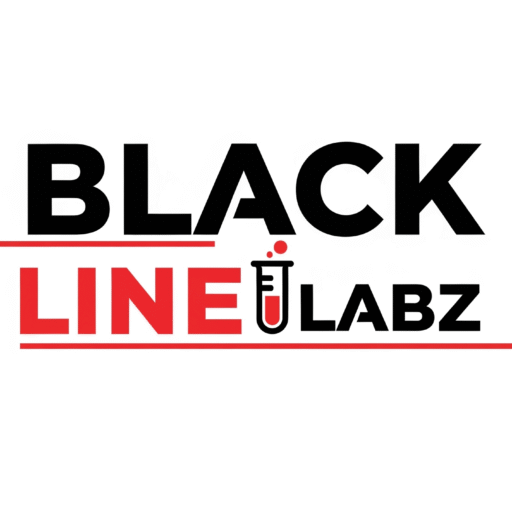
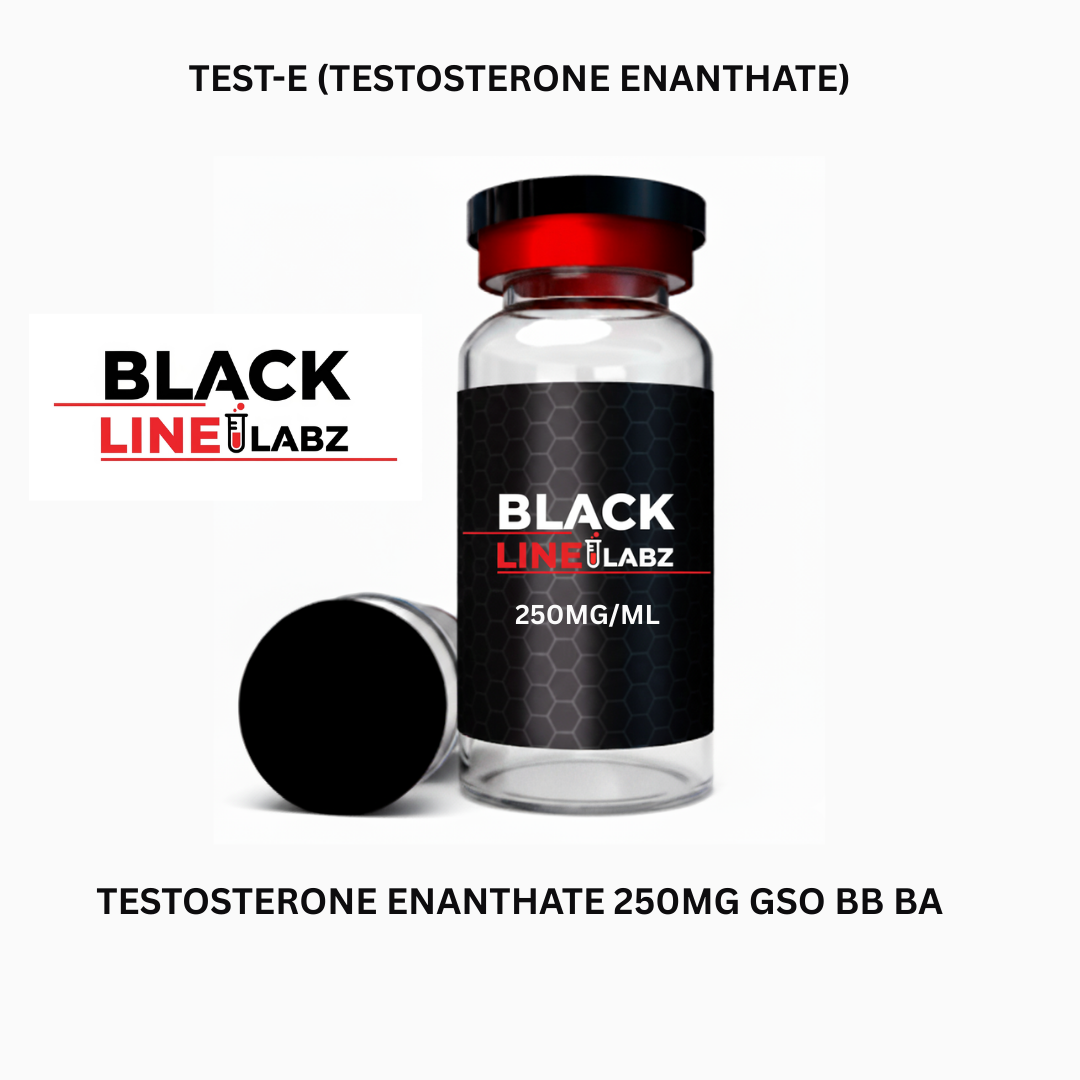
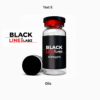
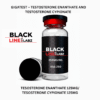
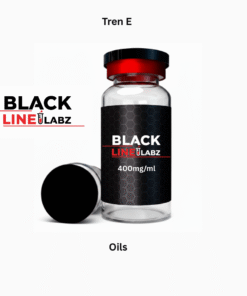
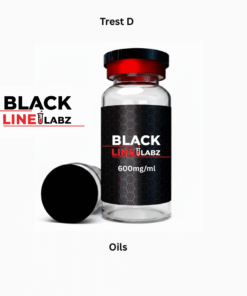

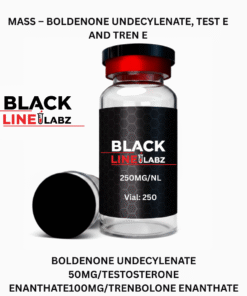
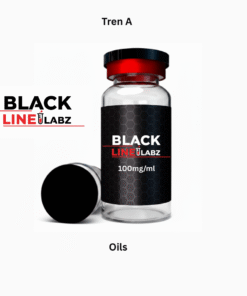
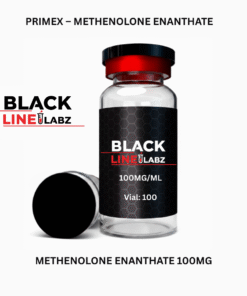
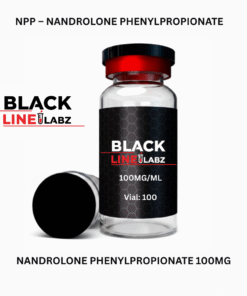
Reviews
There are no reviews yet.